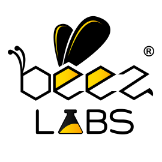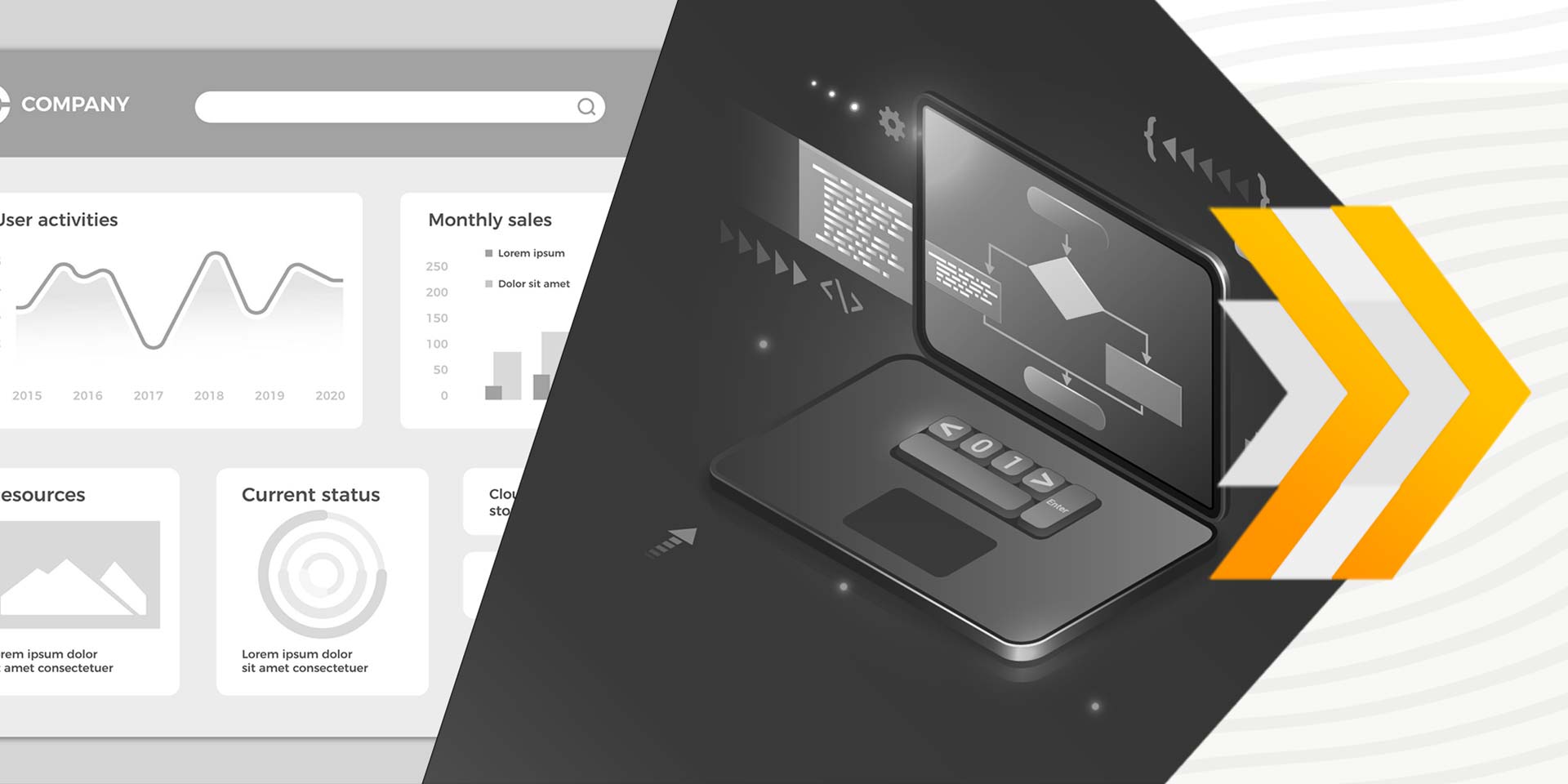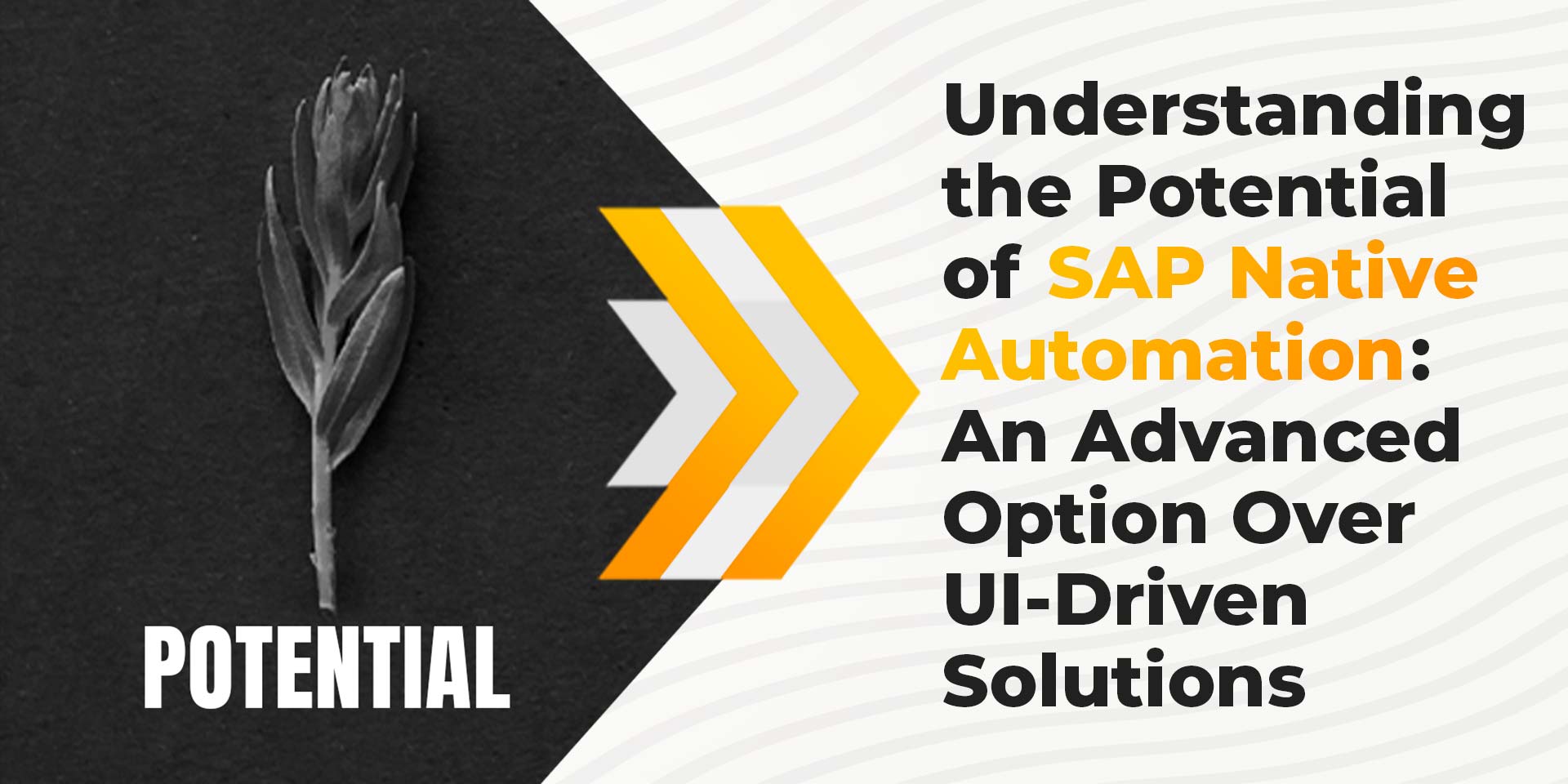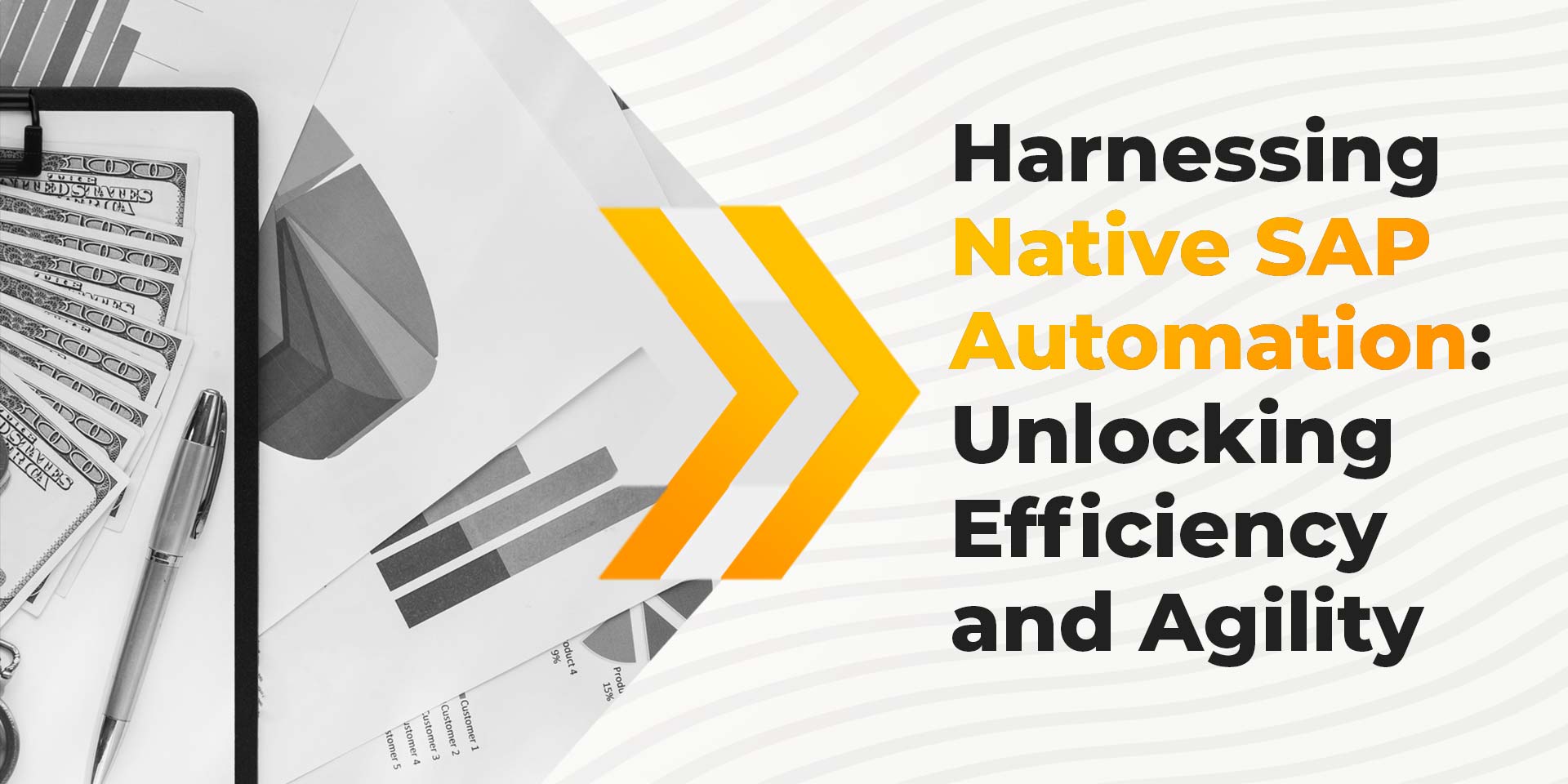Automation
Native Automation
A Comprehensive Guide to Selecting the Right RPA Solution for Your Enterprise


- Table of Contents
- Introduction
- Reimagining Your Enterprise
- Finding the Perfect Fit
- Step 1- Decoding Automation Needs
- Step 2- Objectives, Aspirations, and Beyond
- Step 3- Evaluating the right RPA Solution
- Step 4- Assess Intelligent Automation Capabilities
- Step 5- Security and Compliance
- Conclusion
Introduction
The rapid advancements in technology have pushed businesses to rethink their strategies and embrace automation as a cornerstone of growth. In today's dynamic landscape, organizations are under immense pressure to streamline operations, reduce costs, and enhance productivity. Robotic process automation (RPA) has emerged as a transformative force, revolutionizing the way we work.
However, with an array of RPA solutions flooding the market, choosing the right one for your enterprise is far from an ordinary decision. In this blog, we embark on a journey of discovery, exploring the latest automation necessities and innovative RPA solutions that will catapult your enterprise into the future.
Reimagining Your Enterprise: The Automation Imperative
Embracing automation is no longer an option but a necessity for businesses striving to remain competitive in today's fast-paced world. The automation imperative demands that decision-makers think beyond traditional RPA and delve into intelligent automation. A significant majority, 78% of enterprises to be precise, of those who have already embraced RPA (Robotic Process Automation) anticipate a substantial increase in their RPA investments within the next three years.
The need for customized and cutting-edge RPA solutions increases, thereby catering to the unique automation needs of different industries.
Finding the Perfect Fit: Steps for Choosing Your Enterprise Automation Solution
Is your enterprise looking for skilled professionals who understand the nuances of SAP automation? Or perhaps you need a comprehensive RPA solution to provide complete visibility into operations that can potentially be taken completely desktop-less?
Having a clear picture of your enterprise's automation needs should be the starting point when considering an RPA solution.
Step 1: Decoding Automation Needs: Unraveling the Complexities
The journey to selecting the right RPA solution begins with understanding your enterprise’s automation needs.
Each company faces a unique set of challenges and opportunities when it comes to automation. Rather than opting for a one-size-fits-all approach, take the time to decode your organization's specific automation needs. Dive deep into the intricacies of your business processes, identifying bottlenecks that hinder growth and efficiency. Only by understanding your automation needs at a granular level can you unlock the true potential of RPA.
Step 2: Objectives, Aspirations, and Beyond
Your enterprise has goals for the future. Aligning your RPA objectives with these values paves the way for transformative change. Do you seek to revolutionize your SAP processes with the precision of robotic SAP automation? Or is it a journey towards intelligent automation, where human and machine intelligence converge your ultimate dream? Decode the DNA to drive enterprise automation with purpose.
Step 3: Evaluating the right RPA Solution
What makes this RPA solution different from others in the market? When selecting an RPA tool, consider the following:
A pivotal stage in your RPA journey is evaluating the right RPA solution. The success of your automation initiatives depends on choosing a tool that aligns seamlessly with your enterprise's requirements. To ensure you make the right choice, consider the following factors:
Ease of Use
Selecting an RPA solution that is easy to use empowers your team to quickly adopt and implement automation workflows. Intuitive interfaces and drag-and-drop functionalities enable RPA developers to design, build, and maintain business process automation with ease, thus accelerating the pace of transformation.
Scalability
Your RPA journey is an ever-evolving symphony, constantly building in intensity and complexity. A scalable RPA solution allows your enterprise to expand its automation efforts effortlessly. As your business evolves, the RPA solution should adapt and accommodate the ever-growing complexity of your automation needs.
Flexibility
In the grand symphony of your enterprise, diverse business processes play different melodies. A flexible RPA solution harmonizes with these variations, offering customized solutions for each process, such as finance automation of processes like data entry, accounts payables, and journal entry. The ability to adapt to the unique intricacies of your operations ensures a harmonious blend of automation and human expertise.
Step 4: Assess Intelligent Automation Capabilities
Determine if your automation needs extend beyond traditional RPA. Consider whether intelligent automation is required to handle unstructured data; for example, in the SAP environment, native SAP automation can be a good option for handling complex decision-making scenarios.
Step 5: Security and Compliance
Compliance is the backbone of an efficient enterprise, ensuring that processes are executed in harmony with regulatory standards. An RPA tool equipped with built-in compliance features can help you save compliance costs and minimize the risk of non-compliance. By automating repetitive compliance tasks, your enterprise can focus on value-added activities.
Conclusion
In conclusion, selecting the right RPA solution for your enterprise requires careful consideration of all relevant factors. Assess scalability and flexibility needs, evaluate intelligent automation capabilities, and consider security and compliance to ensure that your chosen tool is best suited to meet your business requirements. With the right RPA solution in place, you can take full advantage of automated processes and increase your operational efficiency.










